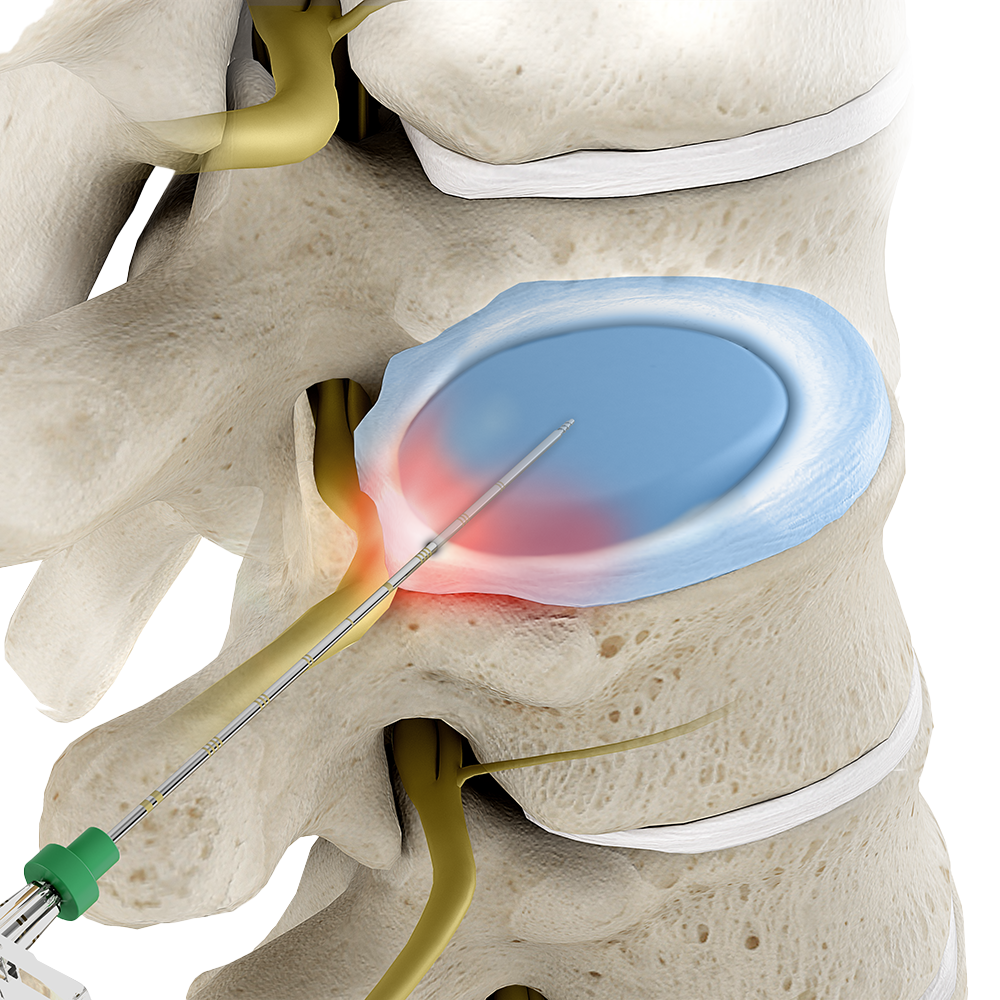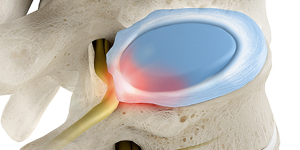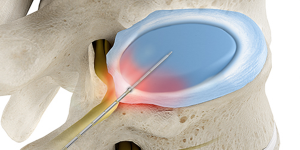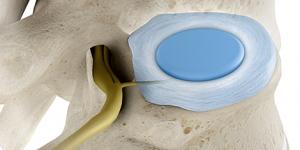
Disc decompression
A highly effective therapeutic approach
If your patient is experiencing low back pain caused by a herniated disc, open surgery is one option. But disc decompression may be a treatment alternative for your patient. A study has reported a 90% patient satisfaction rate with the outcomes of lumbar discectomy.1
Benefits
- Significant pain relief23
- Reduced use of pain medication23
- Improved function for normal daily activities23
- Defined amount of disc material removed23
- Less scarring4
- Quick recovery: 3-5 days, generally4
- Low complication and morbidity rates56
- Performed with local anesthesia as an outpatient procedure. Studies have shown a low rate of complications with percutaneous discectomy versus open surgery.4
How it works
Disc decompression is typically performed on an outpatient basis with local anesthesia. This may help alleviate the possible complications of general anesthesia with open surgery.4 For patients who want a minimally invasive alternative to surgery, this procedure may be an option for your patient.




